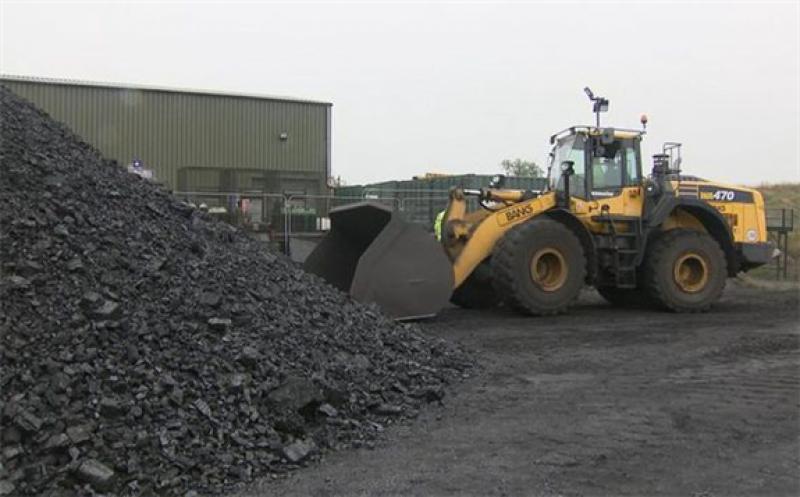The New South Wales Independent Planning Commission has granted development consent for a proposed extension to the Tahmoor Coal Mine, on Sydney’s southwestern outskirts, imposing stringent conditions to improve environmental and social outcomes.

Tahmoor Coal Pty Ltd, a subsidiary of SIMEC Mining, sought approval to extract 33 million t of run-of-mine coal over 10 years from 12 new longwall panels to the south of its existing operations, between the Bargo and Tahmoor townships, 75 km southwest of Sydney.
The product coal (comprising 90 – 95% metallurgical or coking coal; and 5 – 10% thermal coal) would be processed using existing and upgraded surface infrastructure and transported by rail, primarily to the Port Kembla Coal Terminal for export.
A whole-of-government assessment undertaken by the Department of Planning, Industry & Environment concluded “the benefits of the [Tahmoor South Coal] Project outweigh its residual costs, [and] that the project is in the public interest and is approvable.” However, the state significant development application for the Tahmoor South Coal Project came to the Commission for determination under Ministerial delegation.
Commissioners Professor Richard Mackay AM (Panel Chair) and Professor Chris Fell AO were appointed to consider the application and make a final decision.
The Commissioners met with the applicant, department, Wollondilly and Wingecarribee Shire Councils, and the NSW Environment Protection Authority to discuss the proposed mine extension. They also held a three-day electronic public hearing to listen to the community’s views and undertook an inspection of the site and surrounding areas.
Significant concerns were raised by speakers at the public hearing and in written submissions to the Commission relating to subsidence; groundwater and surface water impacts – particularly on Thirlmere Lakes; air quality; biodiversity; human health; noise pollution; Aboriginal cultural heritage; historic cultural heritage; visual amenity; mine closure and rehabilitation; greenhouse gas emissions; and the economic modelling used to assess the project.
Submissions in favour of the project cited its economic benefits – including to employees, suppliers, local businesses, as well as broader impacts on the regional and national economies.
After carefully considering the evidence and weighing the community’s views, the Commission determined to approve the SSD application.
“The Commission agrees with the Department’s findings… that the proposed extension of the existing Tahmoor Coal Mine is strategically justified and is in the public interest, and that the identified impacts can be appropriately managed through the conditions of consent imposed”, the Commission’s Statement of Reasons for Decision reads.
The Commission accepted there would be continued demand for coking coal over the projected life of the mine and that there are “significant environmental, social, and economic benefits arising from extending the life of an existing mine that has established infrastructure and an existing environmental footprint, rather than developing a completely new mine.”
Detailed consideration was given to the intensivity of the Project’s greenhouse gas emissions. While concluding that those impacts are outweighed by the project’s benefits, the Commission imposed conditions of consent requiring “ongoing investigation and implementation of measures to reduce greenhouse gas emissions.”
The Commission also noted the stress caused to residents whose properties were at risk of protracted subsidence impacts from multiple longwalls. Conditions imposed by the Commission seek to “reduce the severity and longevity” of such impacts by enabling access to appropriate compensation.
The Commission also imposed conditions requiring the shortening of two proposed longwall panels (103B and 104B) in response to potential impacts on Dog Trap Creek. Those changes and the relocation of a proposed mine vent shaft have improved the biodiversity outcome and reduced potential impacts on known Aboriginal sites.
The Commission has imposed a total of 168 conditions on its development consent, which are designed to: avoid, minimise, or offset adverse environmental impacts; set standards and measures for acceptable environmental performance; require avoidance or compensation for impacts to infrastructure and property; provide for regular monitoring, transparent reporting and adaptive responses; and provide for ongoing environmental management of the development.